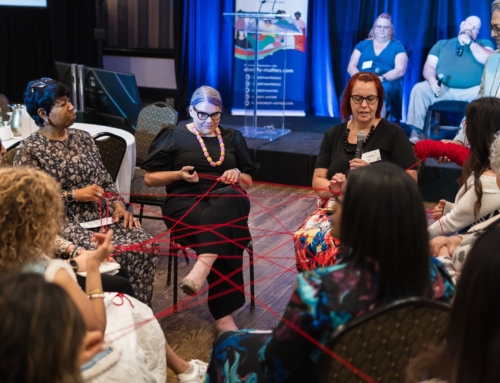How To Plan A Successful Auction
Silent auctions are a great way to raise money at fundraising events. However, successfully managing an auction requires a solid plan to help secure items, promote and excite bidders well in advance and a strong team onsite for execution and check out.
Step 1 – Secure Auction Items
To ensure your auction is profitable, you need to collect donated goods and services to add to the list of auction items. Leverage your network and reach out to businesses that may be willing to support your cause. Depending on what you manage to get, review your final auction list and package items together to make more substantial value items (lots).
Step 2 – Confirm A Suitable Bidding System
As you continue to secure items for the auction, think about the process for bidding at the event and what type of system will work best for your audience. Smaller auctions can be easily managed with a paper bidding system. However larger, more complex auctions may require a more comprehensive digital bidding system. There are pros and cons to each so it is important to do your research and proceed with a system that will work best with your audience.
Step 3 – Start Promoting
The sooner you can publicly share your auction list, the better. If you have an event website, create a section for your auction and publish all the lots ahead of the event. If you are using a digital bidding system, it may be possible to allow guests to start bidding on your items before the event has even started! Promoting your list in advance gets your attendees excited about what’s on offer and hopefully will encourage bidding. Remember to share accepted methods of payment so that guests can come prepared to make a purchase.
Step 4 – Set Up
Display your auction items and make them look appealing. Make sure all items have a lot number so they can be easily identified at check out. If you have coupons and gift certificates, create display cards to give guests a taste of the experience or products they will be purchasing. Keep auction tables clear of any clutter and if possible, arrange special lighting on the tables so that descriptions can be read easily.
Step 4 – Start Bidding
Confirm your auction start and close time – and stick to it! It will be helpful to remind guests how long they have to place bids and what to expect at check out. It may also be necessary to confirm what time items will be ready for pick up. Create a script for your emcee with these pointers and use signage throughout the venue to remind guests of the times and processes as well. If you opt for a digital bidding system, make sure you share clear and easy steps to allow guests to start bidding.
Step 5 – Check Out
Ensure you have a plan for check out and keep it simple! Winning bidders will need to pay for their lots and pick up their purchases. Arrange to have a check out desk to process payments and a pick up desk to collect lots. It will be helpful to pre-arrange an area with the venue to sort and arrange all the lots ahead of your scheduled pick up time.
Are you planning an auction fundraiser? Let us know if this post was helpful!






